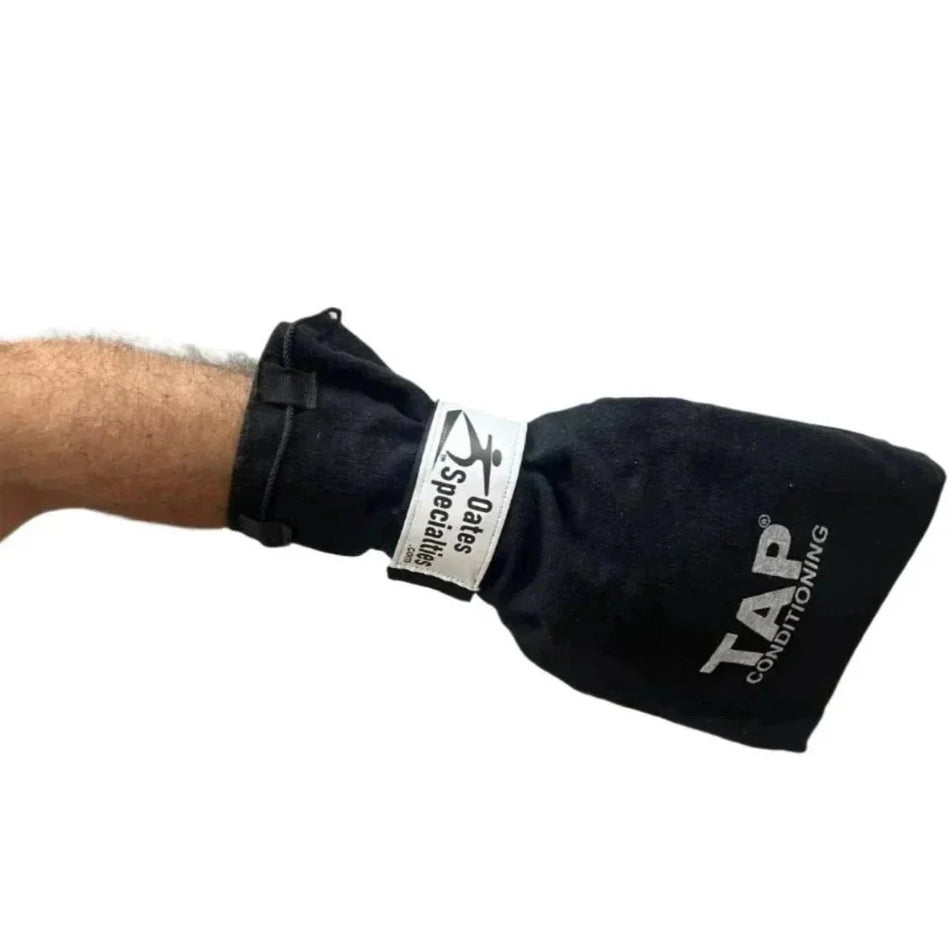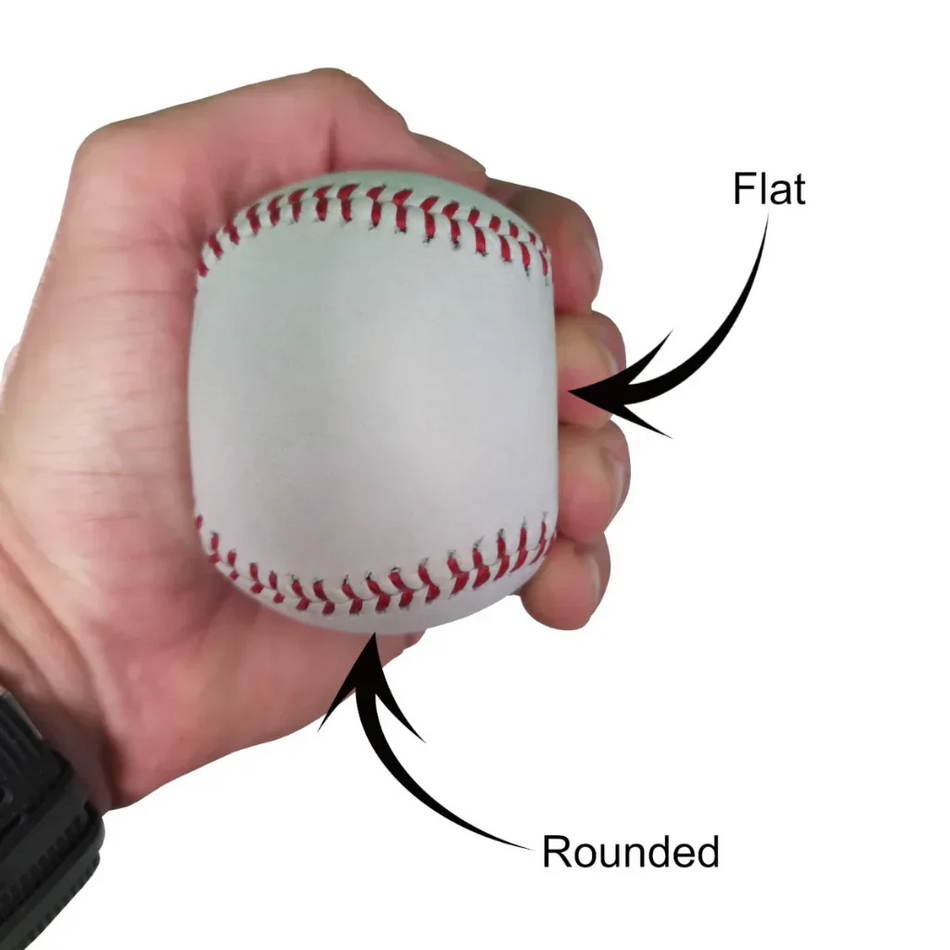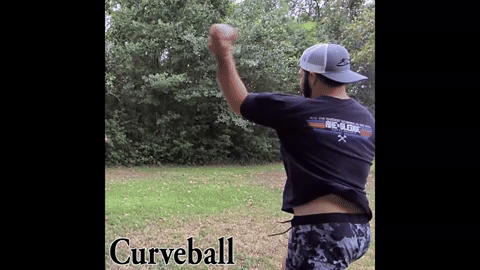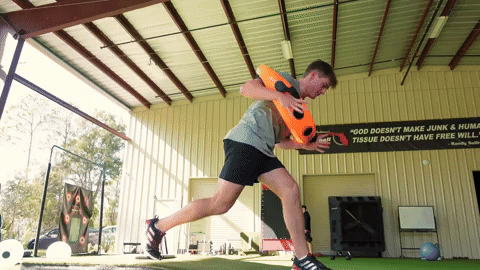Has your favorite song ever been blasting from the speakers as you're on the mound warming up and you feel electric, as though the ball is jumping out of your hand into the catcher's mitt? You are all linked up and then the song is turned off and the batter steps in and you lose that feeling as your first pitch barely floats over the plate. Or how about a time when you felt completely gassed, you thought you had no more energy to get through your workout and then a great song starts bumping through your headphones and you catch a second wind?
Music is deeply rooted in the history of mankind. Every culture on earth has known music. As my two examples illustrate, responses to music can be easily observed and felt. Music can influence us in a number of ways: It can speed up or slow down the heart rate, make us angry or sad, it can even fill us with a sense of spirituality. Needless to say, music can be a very powerful force and one that if used correctly can be beneficial to athletes.
Rhythm and tempo are the two most important aspects of music in terms of eliciting a physical response. Rhythm organizes a number of physical movements in the human body. A person's heart rate, walking/running, and even breathing are controlled by rhythm. Rhythm helps organize physical movements in time. Tempo on the other hand is simply the speed or pace of things. These two facets of music can be phenomenal training tools for athletes of all sports.
How do you best utilize music to enhance performance? It all depends on the activity and the goal of that activity in which the athlete is about to engage. If the activity is one of high intensity then a song with fast tempo and rhythm is best. This type of music will raise the athlete's heart rate and awareness level so that he is ready for the intensity of the coming exercise. If the athlete is about to undergo a long duration cardiovascular workout then an up-tempo song with a good steady rhythm that the athlete can fall into pace with would be ideal. If relaxation such as yoga or stretching is the task at hand then a slow tempo and very rhythmic beat is needed because it will slow the heart rate and help release tension throughout the player's body. It is such an easy task to match music with the intensity and purpose of the exercise at hand yet so often it is overlooked.
In my opinion the most beneficial aspect of a song's rhythm and tempo is its ability to help organize an athlete's movements to become more fluid and dynamic. For example, many pitchers struggle to find their natural speed and tempo during delivery. For so long they have had coaches telling them to speed it up, and even more common, to slow it down. Each pitcher is a unique individual with their own natural tempo that will provide the best results. I have seen with my own eyes, pitchers gain 3 or 4 miles per hour on their fastball during one bullpen session simply because they put on their ipod and listened to their favorite song while throwing. Immediately they had a more rhythmic delivery as they matched their body's movement to the song coming through the headphones. This is such a great way to teach a pitcher his delivery since he is finding what comes natural to him. This same principle applies to athletes working on hitting a baseball, swinging a golf club, or working on their running form to name a few.
Think about all the elite athletes you see on television during practice or games. How many of them have headphones on while they go through their pre-game routine? Is this a coincidence that so many of them do this? I think not. These highly tuned, highly trained athletes are preparing their body for competition by synchronizing it with the beats of their favorite songs. This allows them to stay fluid and relaxed instead of becoming stiff with tension and anxiety.
Many people may ask, well what type of music is best for motivating, relaxing, or pumping athletes up. It doesn't matter whether its country, rap, hard rock, latino, or from the Big Band era. All these genres have fast tempo/rhythmic songs and slow tempo/rhythmic songs and that is the key. Use the music you or your athletes like because this is what will have the greatest influence on them.
Because music is able to raise your heart rate and can start the flow of adrenaline coursing through your veins it can give athletes a natural boost in energy and determination if that's what is needed, or it can slow the heart rate to help athletes relax in stressful situations. Whatever the goal, use this simple trick and look for a boost in performance.
Brian Oates
Brian@Oatesspecialties.com














































